Icons: Inside Vince Clarke’s Synth Kingdom in Brooklyn
BROOKLYN: You know it as soon as you hear it: A Vince Clarke creation has a way of bouncing right through you. Even at his darkest, there are vibrant energetic impulses emanating from the “King of the Synth”.
These days, this music-making royalty resides in Brooklyn. In the sub-basement of a house on a quiet street, new ideas are steadily emerging from Clarke.
That’s good news for fans of the bands he’s co-founded – major musical forces that include Depeche Mode, Yazoo, The Assembly and Erasure. It’s an amazing resume that spans four decades with millions upon millions of record sales tied to a list of unforgettable hits that he’s written: “I Just Can’t Get Enough”, “Only You”, “Don’t Go”, “Chains of Love” and “A Little Respect” to name just a few of Clarke’s global smashes. He is responsible for 17 Top Ten-charting singles in the U.K. just with Erasure.
Situated as he is now, two floors below the earth and surrounded by one of the most mind-boggling collections of analog and digital synths anywhere, you’d think Clarke was safe in his comfort zone. Far from it, this music explorer remains immersed in new projects — remixes, songwriting, production collaborations, and performances – that challenge him.
“I’ve been trying to learn how to be a DJ, which is a scary process,” he laughs. “But I’m not playing live otherwise at the moment, and learning a new piece of technology has been exciting. I’ve figured out how to every song in time from one to the next.”
Actually, managing crossfades and transitions is something Clarke has always been a master of. As he’s grown group after hitmaking group, his rhythmically driven synth style is always evolving. If you haven’t had the chance yet, just check out his entrancing 2012 collaboration with fellow Depeche Mode colleague Martin Gore, VCMG’s entrancing Ssss – this is minimalist techno at its most deliciously enriching.
A Synth Setup Like No Other
Minimalism also abounds in Clarke’s Brooklyn synth environment – it’s just him and long walls of classic synths which span decades. From ARPs to Arturias, Moogs to massive Roland system constructions, or custom modular synths and newcomers like Analogue Solutions’ Leipzig S monosynth/step sequencer — he can hear them all, playing together or apart, at a moment’s command.
The center of the setup is a Logic rig, where the signal path from each synth has been led. Via a routing and patching system set up in collaboration with his brother, Mick, Clarke can select any of his dozens of analog or digital synths for control and/or recording, as easily as if he were choosing any one or more Logic soft synths. Six Roland MPU 101 MIDI-to-CV converters allow him to run the old-school synths from a central MIDI controller, if desired.
Clarke established this pulsating music lab in a 120-year old Brooklyn home, a big part of how he reestablished himself as an NYC resident following six years of self-imposed exile in Maine.
With his move back to metropolis, Clarke has also returned to the joy of creating with a fully hands-on approach. “For a while I was sucked into the soft synth world, which I still use and still find interesting,” he explains. “But now I love having this setup readily available, and being able to access everything really quickly.
“I’ve rediscovered modular synths and their unpredictability. Being able to use two hands instead of a mouse – the physicality of it – I like that. At the end of the day, having worked with soft synths and then going back to this stuff, the hardware really does sound better.”
Experience the rhythmic drama of “Spock” from VCMG’s Ssss:
Ready for a good look around? Let’s visit with Vince Clarke in his Waveform Wonderland.
On why synthesizers are the ideal tool to express himself:
I got very excited about the sound they made in the ‘80’s, when I started, hearing what bands like Human League and Orchestral Maneuvres in the Dark were doing. With the advent of synthesizers I was able to make music I couldn’t possibly play – and still can’t!
I love working with synthesizers. They’re very tactile. They’re very unpredictable. The oldest modules don’t have memory, so every time you’re starting a song, you’re starting from scratch.
What makes synthesis exciting to the human ear:
When all the electronic pop happened in the early ‘80’s, it was a sound that had never been heard before. People had been using synths for long conceptual albums, but not in a pop context. It wasn’t like that music was a revival of what had happened in the past – it was completely new.
I can only speak for myself, but when those instruments started being produced and made available, it was incredibly exciting. I was crap at guitar. With sequencers, I was able to orchestrate songs that I could never possibly play live.
On the ongoing evolution of synthesizer technology:
I like the fact that the technology is that much cheaper – I think it’s democracized music-making and songwriting. When we started it was 500 hundred pounds to buy just one synthesizer.
Now you’ve got soft synths, stuff on the iPad and iPhone. Just because the sound is digital doesn’t mean you can’t be creative.
Previous studio designs that informed his latest facility (for an informative picture of his Maine studio, click here):
One thing I’ve learned is that unless you have room to put up your stuff and get it connected, then you won’t use it.
In my mind I think, ‘I’ll use the Mini Moogs from upstairs. I’ll bring it down and I’ll play it!’ But I don’t. So we tried to get everything live and ready to go.
On discovering new sounds with modular synths:
You can patch any module to any module all day until something interesting comes out. There are no rules.
On managing his synths’ outputs:
Most of the stuff I use mono outputs — I don’t use stereo. Most of the synths are mono anyway, but the minute you get into the synths like the Jupiter 8 and the Junos with their choruses, I figure you may as well take the mono out anyway, and use the chorus from Logic – it’s cleaner.
How Mick and Vince designed speaker setup and synth programming workflow:
The speaker distribution was very important. Because everything is everywhere, I couldn’t rely on having just these two speakers (at the Logic station). We decided on these powered ADAM A3X’s and ADAM A5’s in the main mixing position.
Once I’ve worked out the notes I’m playing in MIDI, I’ll direct that information to the synth, turn the volume up on that particular monitor, then tweak the sound there – rather than running back to the main mix position. It’s pretty dead in here, which is important. The sound is pretty accurate throughout.
How newer synths make it into his collection:
The Analogue Solutions Liepzig-S is a good example. What I like about it is that it’s got the small eight-step sequencer, which is hard-wired into the oscillators and filters. That’s something I’ve been getting into – rather than just use sequencers to play notes, I’m using it to modulate sounds.
His songwriting process with Erasure’s Andy Bell:
It always involves me and Andy going somewhere else. There’s too many diversions in the studio. We start on guitar or piano, work out some sort of melody, record it onto a microcassette recorder, and put 8-bar sections together. Then we’ll take it back to the studio, and Andy will work on the lyrics.
We’ve always written like that. It’s a cliché, but if a song sounds good on guitar, then that’s good enough. If you can’t make it work with a guitar and a voice, then it’s probably not working.
On working with Martin Gore to make VCMG’s 2012 album Ssss.
The best thing about that was not knowing what Martin would do. We had no discussions – we just knew that the tracks would be around 127 BPM, and no vocals. It was great because there was complete freedom.
We didn’t even talk until about halfway through. I’d send him a drum part, he’d come back with something else, and we’d send tracks back and forth like that.
His approach to the album’s drum programming:
I used the ARP 2600 quite a bit, and also the Roland 100m modular and 700 modular systems, just because they make interesting squeaks and squawks. The kicks were usually samples.
The ideas are the ideas aren’t they? That’s not affected by the equipment. Without a great idea for a song, you’re punked anyway.
Being reunited with many of his hardware synths:
Rediscovering all this analog stuff is great. I’d been away from it for a while, and being able to A/B sounds as well is really interesting.
I listen to a software versions of a synth, and the hardware version, and I know it’s not just in my mind – the hardware really does sound better.”
On going through musical phases:
I try not to. I’ll try not to go to the Pro One every time I want a bass, for example. That’s a discipline: You know what synths sound good doing certain things — I try and not do that. It’s almost like I’m using presets, in that case.
The common thread between Depeche Mode, Erasure, Yaz, and The Assembly:
I was in all of them! That was the common thread. And they were all synth bands. I’ve been incredibly lucky.
To what extent he depends on hardware or software effects.
I’m not so much interested in that side of it. I’m not an engineer — I know how to work an EQ. Making sound is making the sound in the synth. That’s what I’m fairly good at.
Some of the plugins I do like include Sonnox — the Oxford Inflator, which I’ve just gotten and I’m really into. And iZotope Ozone 5, I like that a lot. I’ve been using it for both mixing and mastering — I’ll use the Exciter or the overall EQ.
But again that’s not my field. I’ll mix it, then send it to my brother to make sure it’s not completely mad wrong – like maybe it’s in mono or completely on one side! It takes me a while. I can’t just mix something, I have to experiment. I still have no idea really what a compressor does — I just can’t get it in my head. I’m good with bass and treble.
It’s all about the song. You can get drawn completely into the technicalities of making music, and the sexiness of a particular effect, or a keyboard.
But that thing ain’t gonna write you a song. I tell people to focus on the song. And once you’ve recorded it, the only thing you can do to get people to hear it is to play live. To tour forever.
If he believes he has a characteristic sound:
You want to try to make stuff sound different every time, you don’t want to use the same old sounds. You can’t help but repeat yourself in some respects, but if there’s a (trademark) sound I can’t hear it.
In fact someone played me some old B-side that we’d recorded 15 years ago. I said, ‘That’s pretty good, who was that?’ Then I realized it was us.
On how he knows when a song is a hit:
I think you’ve got to make the best record you possibly can. You can’t start second-guessing what people will like. You’re over if you’re doing that.
Songwriting is magical. You come into a room with nothing, and you come out 90 minutes later with a song. It’s miraculous.
– David Weiss
Please note: When you buy products through links on this page, we may earn an affiliate commission.







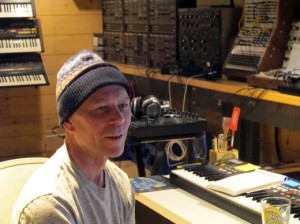
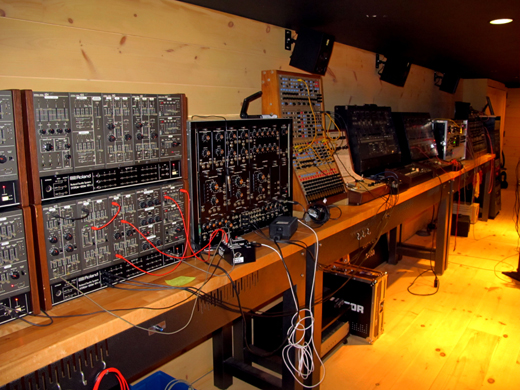
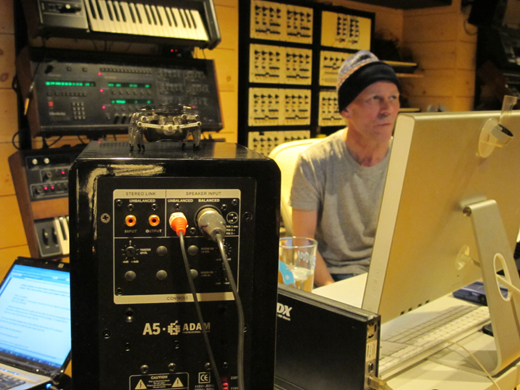

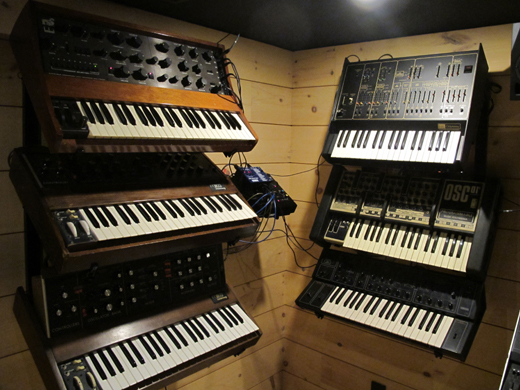
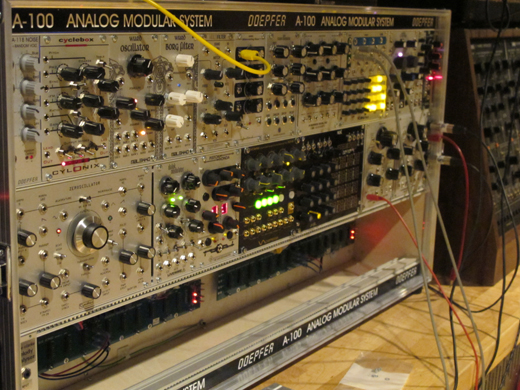
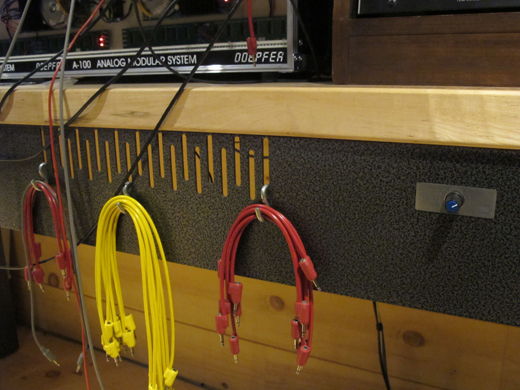
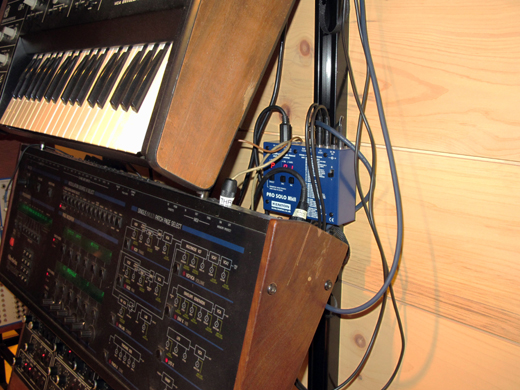
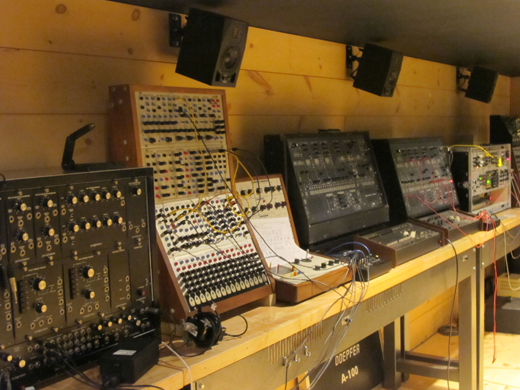
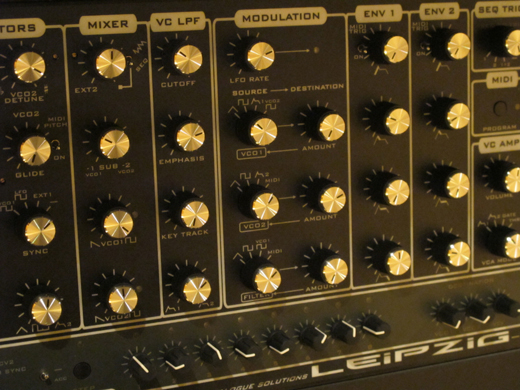
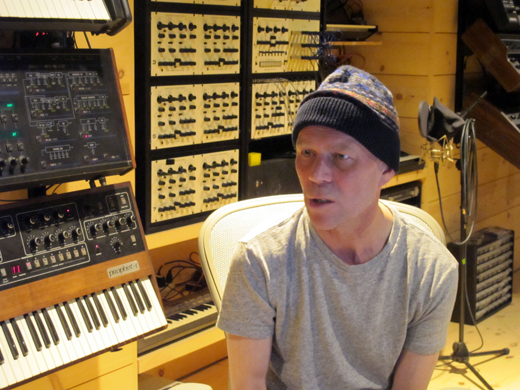
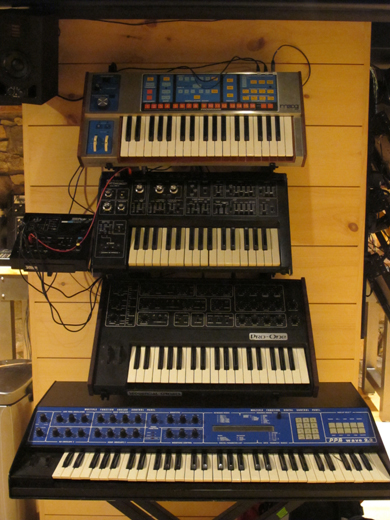
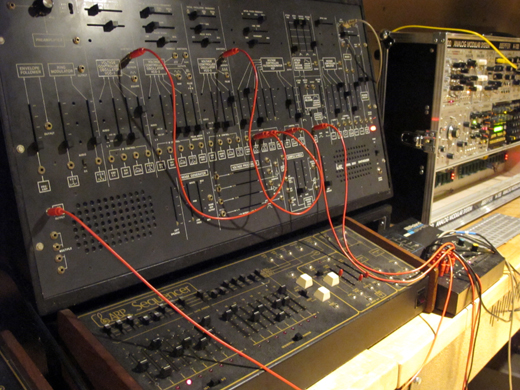
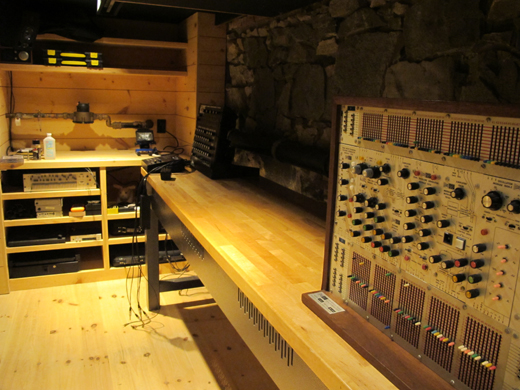
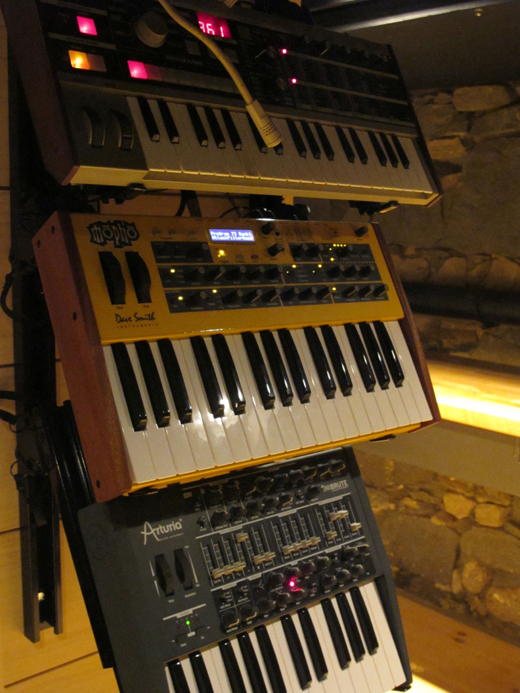
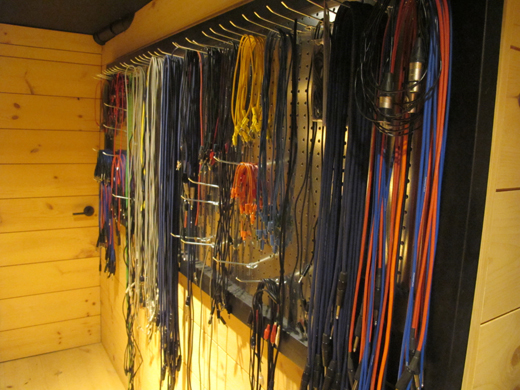
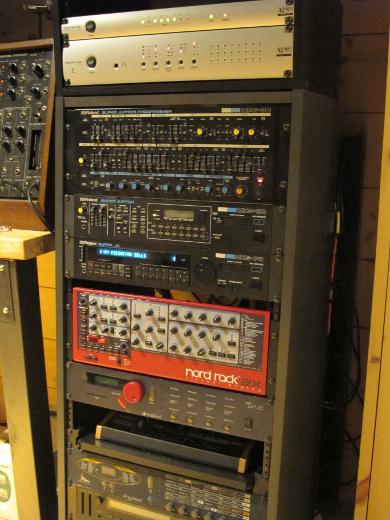
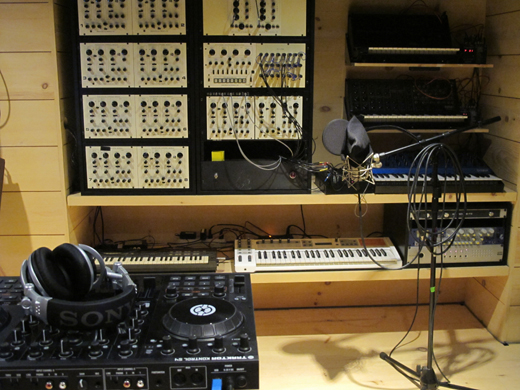
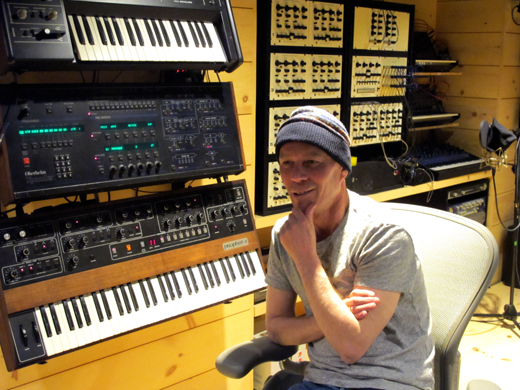
Doug Diamond
March 25, 2013 at 5:39 am (12 years ago)Awesome! Thanks for the article David. I always liked Vince…
Freff Connor
March 25, 2013 at 1:21 pm (12 years ago)The ‘Ssss’ album with Martin Gore is pure gold! This man is a genius!
Computer Weekend
March 25, 2013 at 5:01 pm (12 years ago)My musical hero. Unassuming guy, with infinitely more talent than he gives himself credit for. One of the biggest influences in my music over the last 30 years or so. I’m not a massive tech head but I drool looking at Vince’s studio setup.
VCMG’s SSSS is fantastic, as are a lot of Vince’s B-sides with Erasure. A hidden gem is ‘Jacques Cousteau’ on the B-side of the acoustic version of ‘Boy’ from Union Street…
K5
March 26, 2013 at 5:02 am (12 years ago)sorry Vince, but, what do you do with that microKorg ??? having fun farting in the microphone ???
Lorne Hammond
March 26, 2013 at 10:56 am (12 years ago)sensible
P;[OK
March 28, 2013 at 7:43 pm (12 years ago)BORRRRRRING
Zico Tecladista
March 29, 2013 at 4:54 am (12 years ago)MESTRE DOS SYNTHS
Rodent Hour
April 5, 2013 at 12:45 pm (12 years ago)Who knew? Obviously someone did. Man we need to have him on as a guest on Pratt Radio. How the heck can we get in touch with him?
Tony Martinez
April 6, 2013 at 6:10 am (12 years ago)wow! He has an M-Audio venom in there!
C W
April 17, 2013 at 10:05 pm (12 years ago)Apparently he’s too busy making music to be heckled!
Simio Suazo
April 22, 2013 at 8:22 am (12 years ago)From Chile with Love!
https://soundcloud.com/humanet_chile/07-breath-of-life-erasure
micky modelle
July 26, 2013 at 9:41 am (12 years ago)man is a legend,completley dominated the 80s with his various bands,and still making great music today
Renee
January 4, 2014 at 11:09 pm (11 years ago)The micro korg is awesome. Besides, it’s not the equipment that matters, it’s the conductor… Vince. There’s no other like him. A living legend.
AneesB
December 3, 2014 at 6:12 am (10 years ago)does anyone know what synths he used in don’t go???
lieinterceptor
January 14, 2016 at 12:42 pm (9 years ago)Sequential Circuits Pro-One